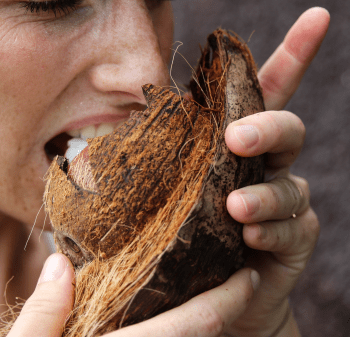CRACKED TOOTH: Accidents happen inside the mouth
A tooth crack is an accidental injury to your tooth which may be due to trauma or general wear and tear. The symptoms range from irregular pain while chewing to sudden pain when your tooth is exposed to hot or cold food stuffs. The pain may come and go and may not be an emergency.
If you are in severe pain, are bleeding excessively, have a major break, or have lost a tooth, that is a dental emergency and you should a dentist immediately. Your dentist will be able to schedule an appointment immediately and advise you on the next steps to take.
Relief for your pain
TYPES OF CRACKED TOOTH
Some of the most common types of cracked tooth types are:
- Craze lines. These are tiny cracks which affect only the outer enamel. Craze lines don’t cause pain and are of no concern beyond appearance. The tooth is typically restored with a veneer.
- Fractured cusp. Fractures can result when the pointed part of the chewing surface gets weak and may break off. The tooth is typically restored with a crown.
- Cracked tooth which may extend to the gum line. This type of crack extends from the chewing surface toward the root and can often result in damage to the pulp. The tooth is possibly treated with a root canal and crown.
- Split tooth. Cracked teeth which aren’t treated can split into two separate segments and usually can’t be saved. The tooth needs to be extracted.
- Vertical root fracture. These cracks begin on the chewing surface and extend to the root. Likely these teeth will need root canal therapy and a crown or extraction.
Every sore tooth has a message to give

While cracked teeth are not completely preventable, you can take some steps to make your teeth less susceptible to cracks.
- Don’t chew on hard objects such as ice, unpopped popcorn kernels or pens.
- Don’t clench or grind your teeth.
- If you clench or grind your teeth while you sleep, talk to your dentist about getting a retainer or other mouthguard to protect your teeth.
- Wear a mouthguard or protective mask when playing contact sports.
Unlike a broken bone, the fracture in a cracked tooth will not heal. In spite of treatment, some cracks may continue to progress and separate, resulting in loss of the tooth. Placement of a crown on a cracked tooth provides maximum protection but does not guarantee success in all cases.
The treatment you receive for your cracked tooth is important because it will relieve pain and reduce the likelihood that the crack will worsen. Once treated, most cracked teeth continue to function and provide years of comfortable chewing. Talk to your endodontist about your particular diagnosis and treatment recommendations.
There are many different types of cracked teeth. The treatment and outcome for your tooth depend on the type, location, and extent of the crack.
Craze Lines
Craze lines are tiny cracks that affect only the outer enamel. These cracks are extremely common in adult teeth. Craze lines are very shallow, cause no pain, and are of no concern beyond appearances.
Fractured Cusp

If you’ve cracked a tooth and breathing through your mouth or drinking cold fluids is painful, bite on clean, moist gauze or cloth to help relieve symptoms until reaching your dentist’s office. Never use topical oral pain medications or place aspirin on the affected areas to eliminate pain symptoms.
Cracked Tooth
 A cracked tooth means a crack extends from the chewing surface of your tooth vertically toward the root. The tooth is not yet separated into pieces, though the crack may gradually spread. Early diagnosis is important in order to save the tooth. If the crack has extended into the pulp, the tooth can be treated with a root canal procedure and a crown to protect the crack from spreading.
A cracked tooth means a crack extends from the chewing surface of your tooth vertically toward the root. The tooth is not yet separated into pieces, though the crack may gradually spread. Early diagnosis is important in order to save the tooth. If the crack has extended into the pulp, the tooth can be treated with a root canal procedure and a crown to protect the crack from spreading.
However, if the crack extends below the gum line, it is no longer treatable, and the tooth cannot be saved and will need to be extracted. That’s why early treatment is so important. A cracked tooth that is not treated will progressively worsen, eventually resulting in the loss of the tooth. Early diagnosis and treatment are essential in saving these teeth.
Split Tooth

Vertical Root Fracture



When the outer hard tissues of the tooth are cracked, chewing can cause movement of the pieces, and the pulp can become irritated. Eventually, the pulp will become damaged to the point that it can no longer heal itself.
The tooth will not only hurt when chewing but may also become sensitive to temperature extremes. In time, a cracked tooth may begin to hurt all by itself. Extensive cracks can lead to infection of the pulp tissue, which can spread to the bone and gum surrounding the tooth.
Cracked teeth show a variety of symptoms, including erratic pain when chewing, possibly with the release of biting pressure, or pain when your tooth is exposed to temperature extremes. In many cases, the pain may come and go, and your dentist may have difficulty locating which tooth is causing the discomfort.









Leave A Comment